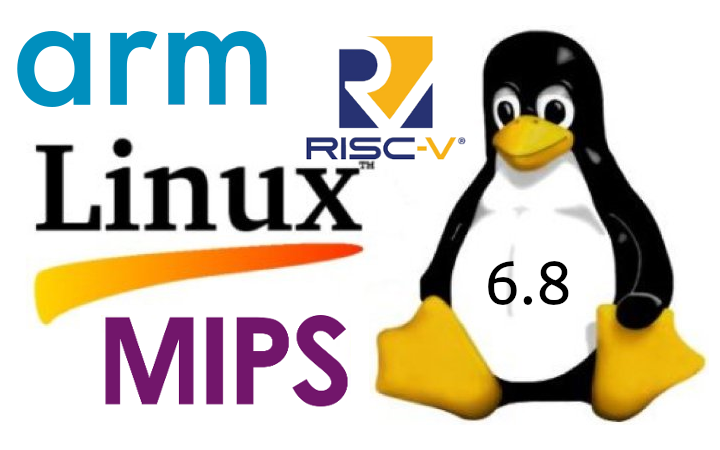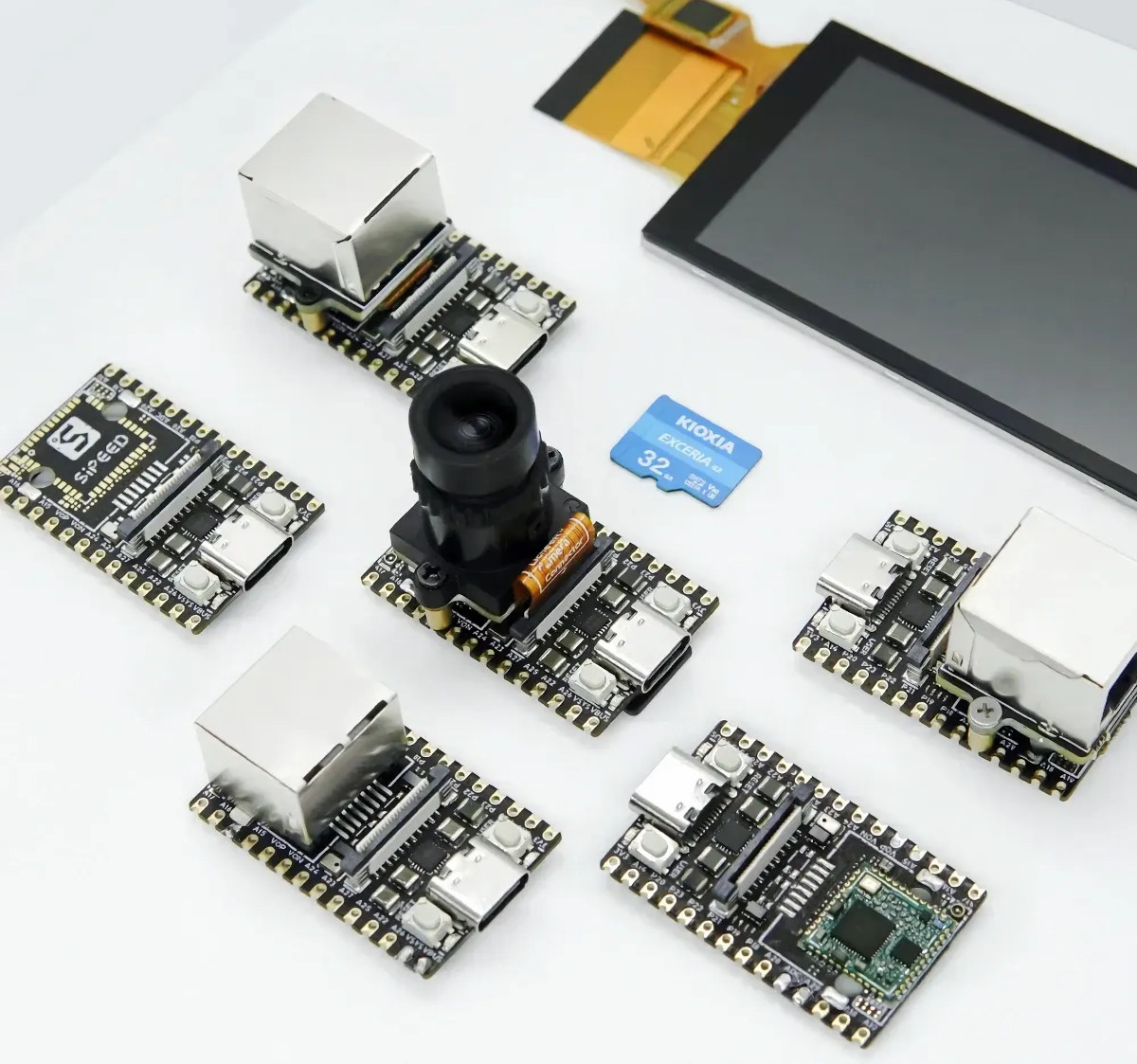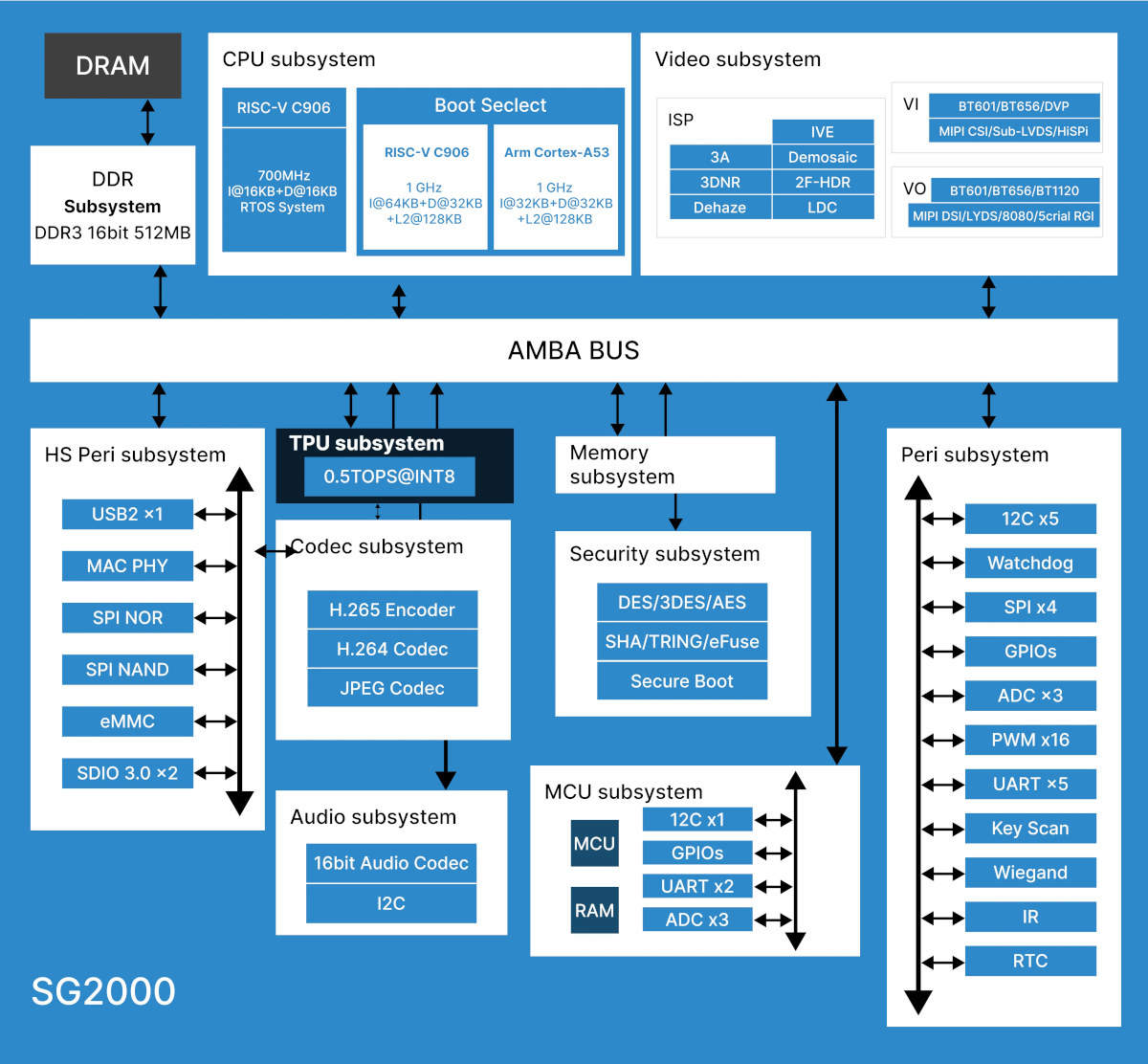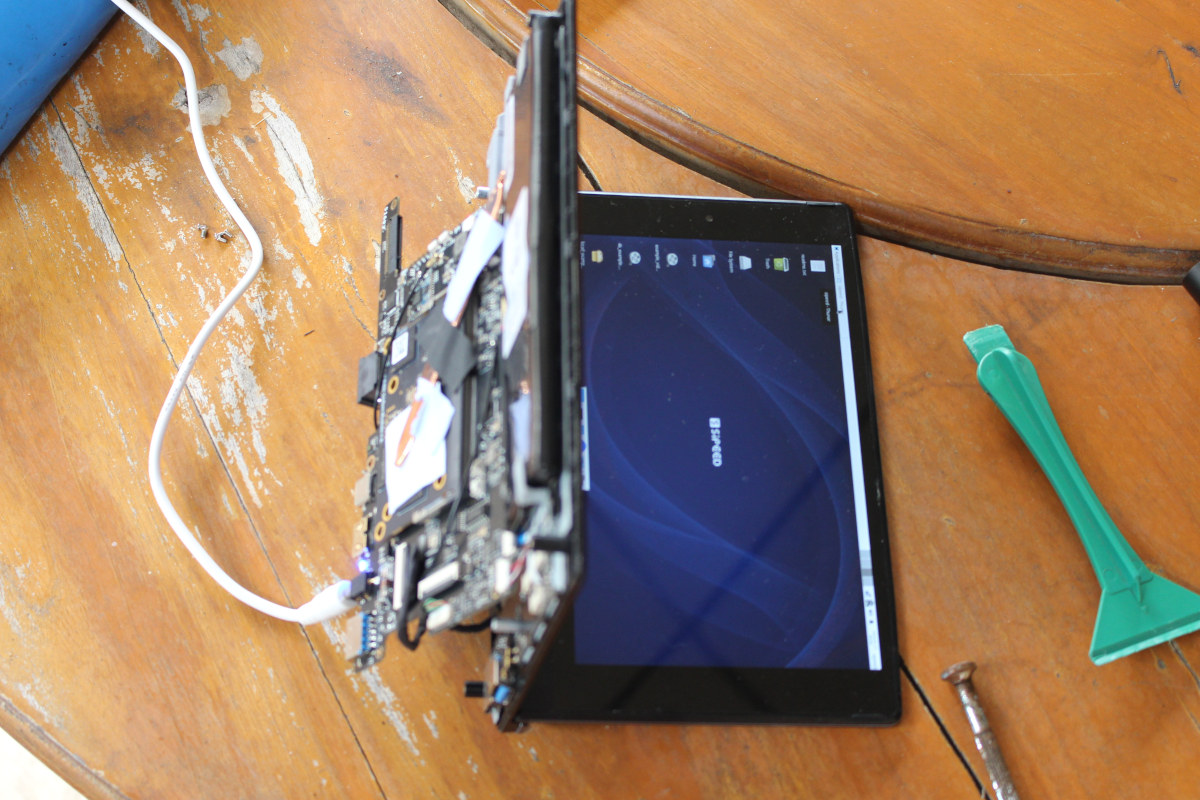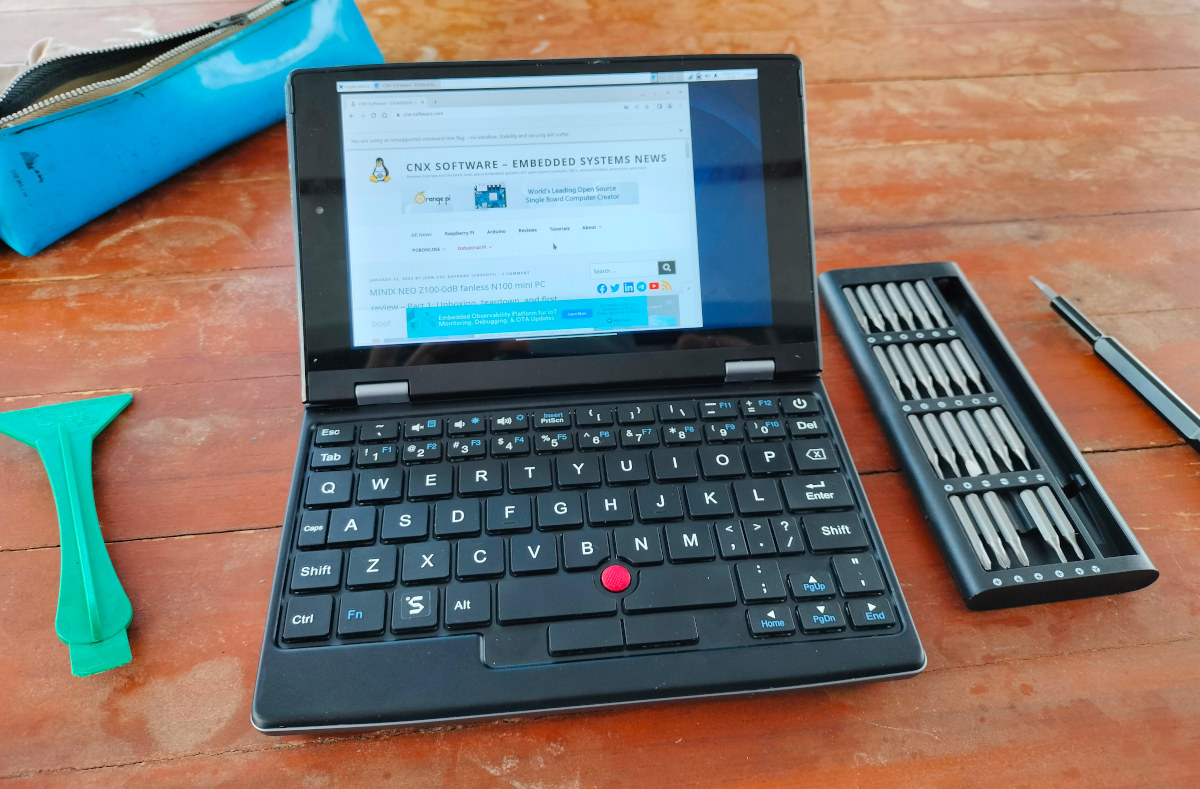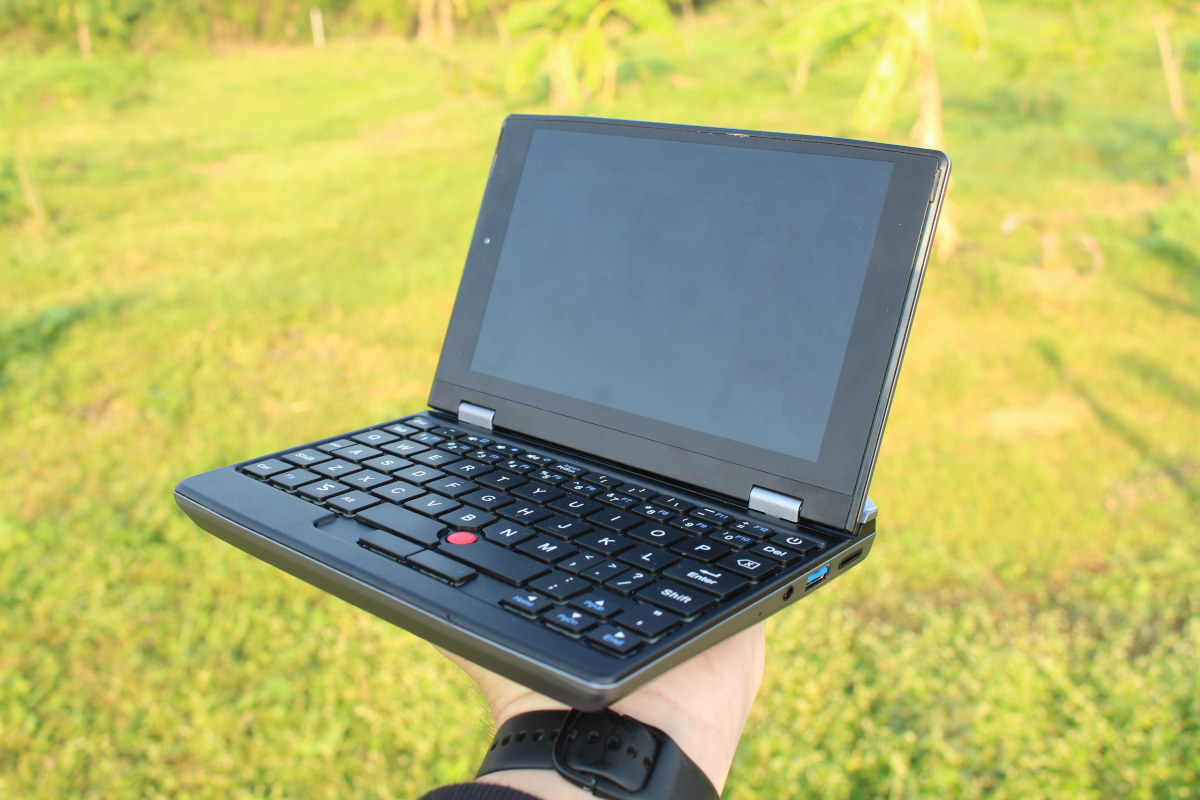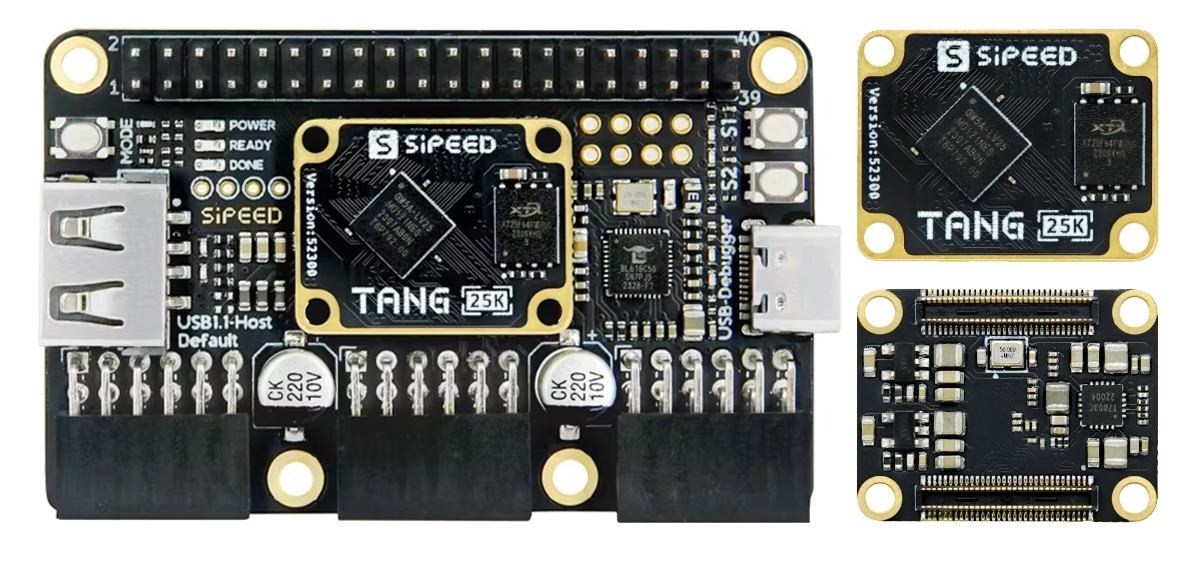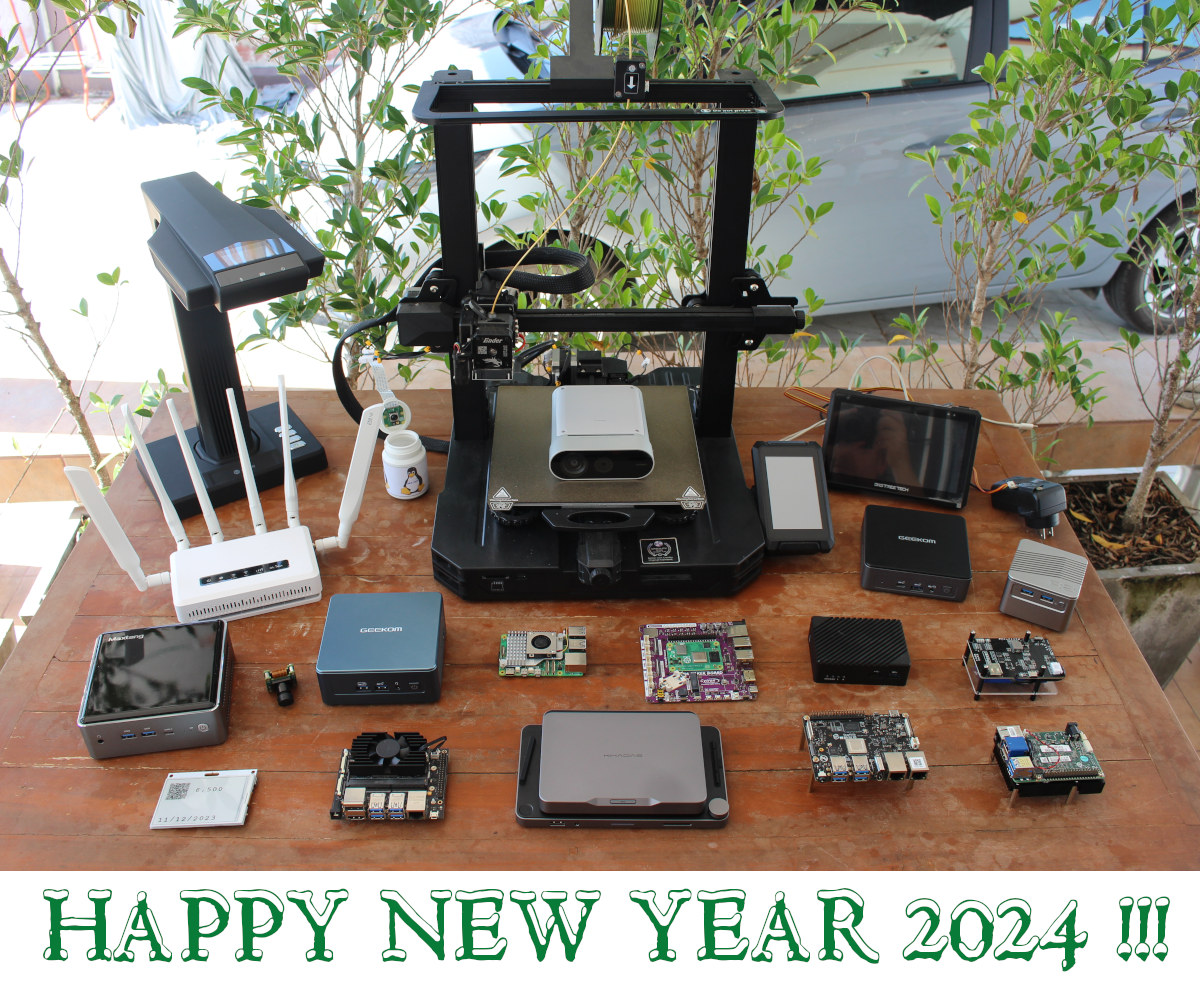Linus Torvalds has just announced the release of Linux 6.8 on the Linux kernel mailing list: So it took a bit longer for the commit counts to come down this release than I tend to prefer, but a lot of that seemed to be about various selftest updates (networking in particular) rather than any actual real sign of problems. And the last two weeks have been pretty quiet, so I feel there’s no real reason to delay 6.8. We always have some straggling work, and we’ll end up having some of it pushed to stable rather than hold up the new code. Nothing worrisome enough to keep the regular release schedule from happening. As usual, the shortlog below is just for the last week since rc7, the overall changes in 6.8 are obviously much much bigger. This is not the historically big release that 6.7 was – we seem to […]
LicheeRV Nano – A low-cost SG2002 RISC-V and Arm camera and display board with optional WiFi 6 and/or Ethernet
When I wrote about the SOPHGO SG2002 (and SG2000) RISC-V, Arm, and 8051 AIoT processor yesterday, I noted several boards were in development, but I had not noticed the Sipeed LicheeRV Nano (Beta) was already available for sale, so let’s have a closer look. It’s an inexpensive, tiny camera and display board running Linux with optional support for WiFi 6 and 10/100M Ethernet connectivity which somewhat reminds me of the Breadbee SBC based on MStar MSC313E Camera SoC. Sipeed also provides accessories such as a camera module and a touchscreen display to quickly get started. LicheeRV Nano specifications: SoC – SOPHGO SG2002 Main core – 1GHz 64-bit RISC-V C906 or Arm Cortex-A53 core (selectable) Minor core – 700MHz 64-bit RISC-V C906 core Low-power core – 25 to 300MHz 8051 MCU core NPU – 1 TOPS INT8, supports BF16 Integrated 256MB DDR3 (SiP) Storage – MicroSD card slot and SD NAND […]
SOPHGO SG2000/SG2002 AI SoC features RISC-V, Arm, and 8051 cores, supports Android, Linux, and FreeRTOS
SOPHGO SG2000 and SG2002 are new SoCs featuring a bunch of RISC-V and Arm cores capable of running Linux, Android, and FreeRTOS simultaneously, and to maximize the fun an 8051 MCU core is also in the mix along with a 0.5 TOPS (SG2000) or 1 TOPS (SG2002) AI accelerator. More specifically we have one 1GHz C906 64-bit core capable of running Linux, one 1GHz Arm Cortex-A53 for Linux or Android, another 700 MHz C906 RISC-V core for FreeRTOS, and a 300 MHz 8051-core for real-time I/Os, as well as 256MB or 512MB SiP DRAM. The chip is designed for AIoT applications such as Smart IP cameras, facial recognition, and smart home devices. SOPHGO SG2000/SG2002 specifications: CPU cores 1x C906 64-bit RISC-V core @ 1GHz 1x C906 64-bit RISC-V core @ 700MHz 1x Arm Cortex-A53 core @ 1GHz MCU – 8051 8-bit microcontroller core @ 25 to 300 MHz with 6KB […]
Lichee Console 4A RISC-V devkit testing – Part 2: benchmarks and features in Debian 12
When checking out the hardware of the Lichee Console 4A portable RISC-V development terminal in the first part of the review, I noted that I had some troubles with the display that did not work properly. I did a little massage to “fix” the display, but unsurprisingly it ended up not being a long-term solution. So I had to open a case a few times and ended up breaking the wires to the fan… Each time I reassembled the device, the display only worked for a few seconds or minutes if at all. So I decided to test the system by keeping it open, as the display is working reliably that way. So I won’t be able to do a proper review testing the device on the go, but I still tested all features and benchmarked the T-Head TH1520 mini laptop with Debian 12, and will report my findings in […]
How I “fixed” the display on Lichee Console 4A terminal
When I wrote a hands-on post about Lichee Console 4A RISC-V development terminal I noted the display would sometimes have strange effects or simply go black. I’ve now fixed the issue, and I was just probably unlucky since the issue must be rare, but I’ll still document it in case somebody encounters a similar problem and for fun! First, the video below shows what I would see on my terminal after using it for a few minutes. Since then, the display has gone completely dark, and all I see is the backlight, but I can still access the device through an SSH terminal. It looks like a bad connection issue, but I still contacted Sipeed and they told me it must have been the display connector. So I turned off the device and reopened the enclosure to remove and reinsert the cable for the display as shown in the photo […]
Lichee Console 4A portable RISC-V development terminal review – Part 1: Unboxing, teardown, and hands on
Sipeed has just sent me a “Lichee Console 4A portable RISC-V development terminal” for review. It’s a quad-core RISC-V mini laptop based on the Alibaba T-Head TH1520 processor with a 7-inch touchscreen display, and my model is equipped with a Lichee LM4A module fitted with 16GB RAM and 128GB eMMC flash. I’ll start the review of the RISC-V developer kit with an unboxing, a teardown, and a quick try with the preinstalled Debian 12 “Bookworm” image, before testing the latter in the second part of the review. The second part will take some time as we have about twenty reviews planned for now, four of which I’ll be taking care of myself… Lichee Console 4A unboxing I received the device in a package indicating I had been sent the 16GB+128GB model and reading “Lichee Console 4A portable RISC-V developer terminal” which makes it clear it’s based on RISC-V, is portable […]
Sipeed Tang Primer 25K board features 23,040 Logic Cells for FPGA prototyping and development
Sipeed has recently introduced the Tang Primer 25K, an FPGA board powered by Gowin Semi GW5A-LV25MG121 chip. This board features 23,040 LUTs, USB Host capability, and an optional SDRAM module that unlocks vintage gaming. We have previously covered many FPGA boards like Sipeed Tang Mega 138K Pro, Fudan Micro JFM7K325T, ILYGO T-FPGA, and many other development boards by Sipeed including the Sipeed Tang Nano 20K with a Gowin GW2A FPGA. You can check those out if interested. The Tang Primer 25K development board is divided into the 25K SoM Board and the 25K Dock Board together they offer a comprehensive set of features: GW5A-LV25MG121 specifications: 23040 LUT4 23040 Registers (FF) 28x 18×18 Multipliers 6x PLLs Memory/Storage: 64Mbit NOR Flash 180K Distributed S-SRAM 1008K B-SRAM (bits) 56 Number of B-SRAM I/O Interfaces: 3x PMOD 40-pin header 2x buttons 8x I/O banks 75x General IO MIPI IO – 4lane Data USB Ports: […]
2023 Year in review – Top 10 posts, statistics, and what to expect in 2024
It’s the last day and last article of the year, so we will look at some highlights of 2023, some traffic statistics on the CNX Software website, and speculate what interesting developments may happen in 2024. Looking back at 2023 The semiconductor shortage that had happened since 2020 started to fade away in early 2023, and supplies for most electronics components and devices seem to be adequate at this time, so that was a bright spot this year, and hopefully, it will stay that way in 2024 despite geopolitical tensions. We did not have any super exciting new Arm application processors from Rockchip, Amlogic, or Allwinner announced this year, although the Amlogic S928X penta-core Cortex-A76/A55 CPU started to show up in some 8K TV boxes. The launch of the Raspberry Pi 5 SBC with a Broadcom BCM2712 quad-core Cortex-A76 processor was probably the main highlight for Arm on this side […]


